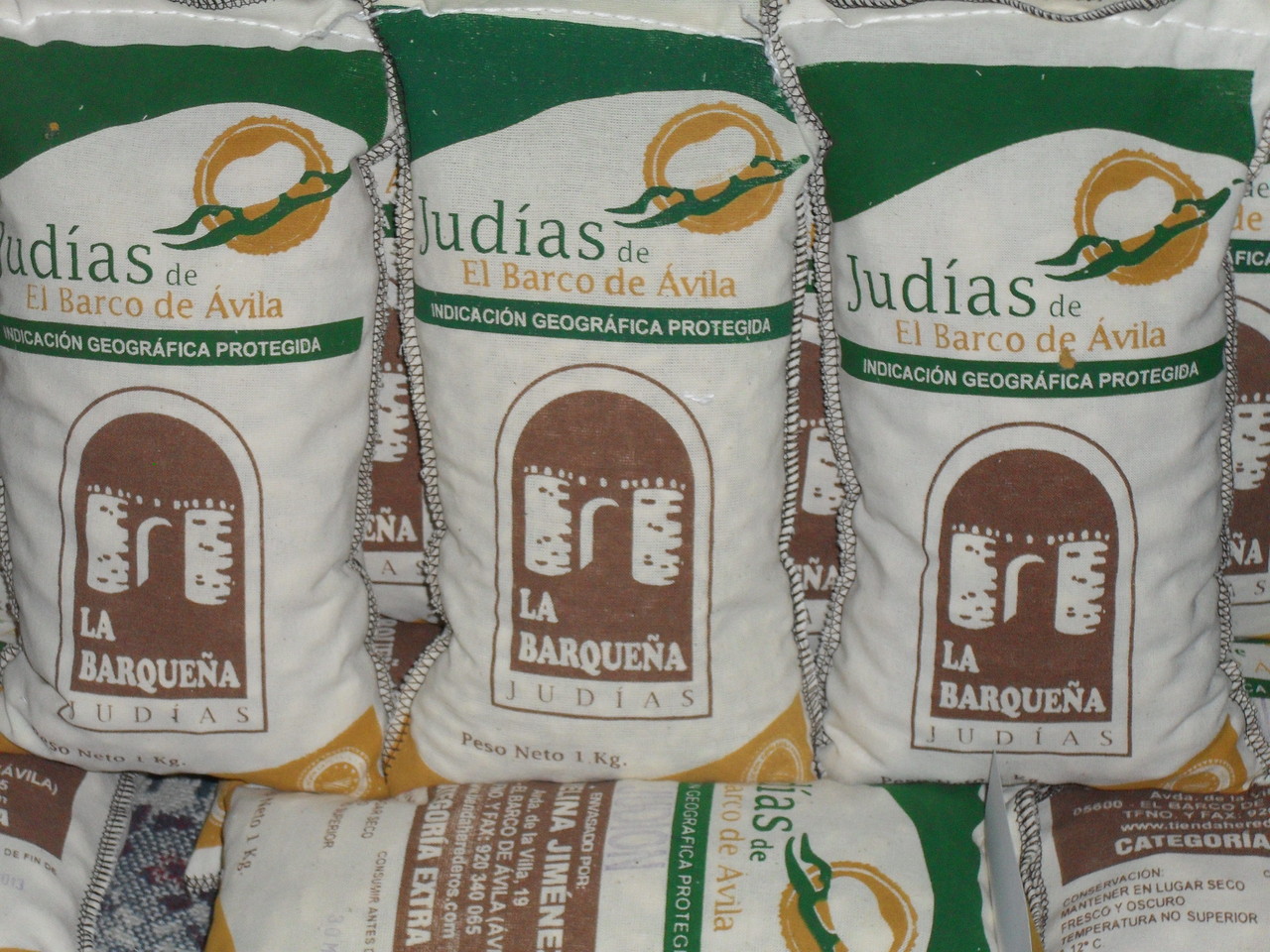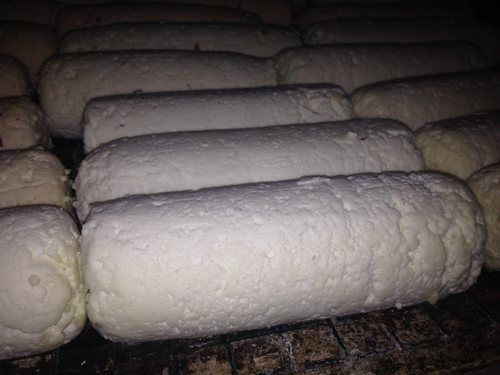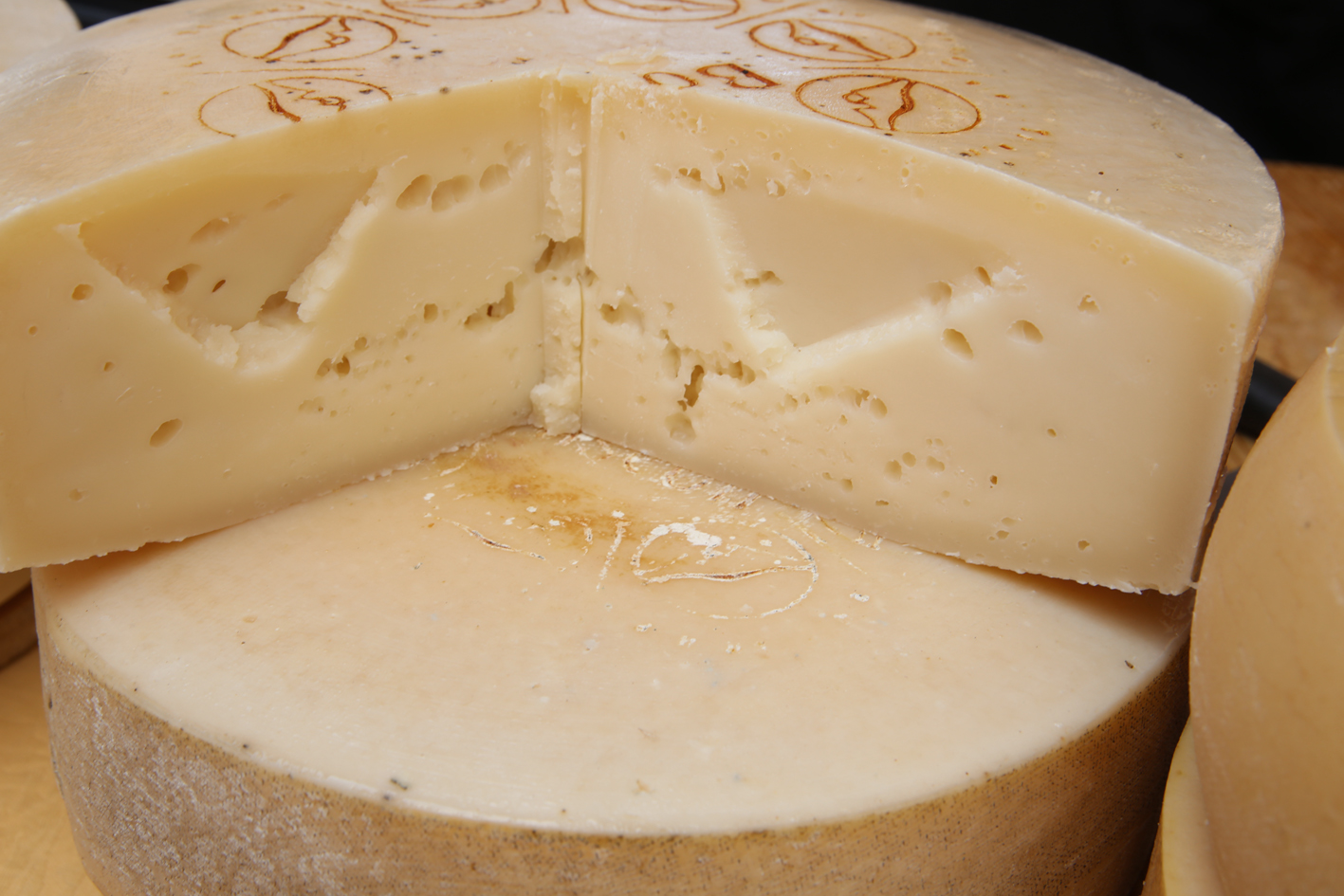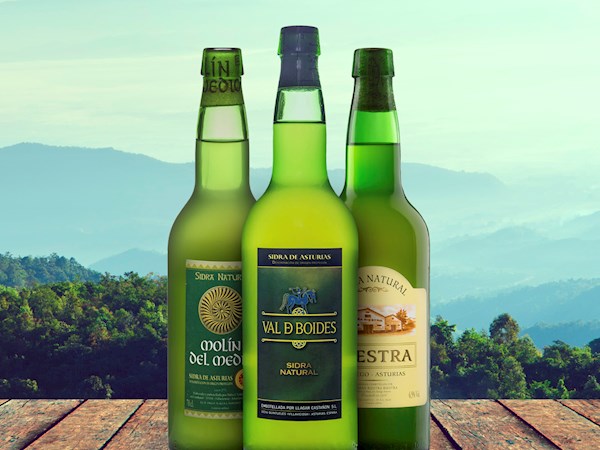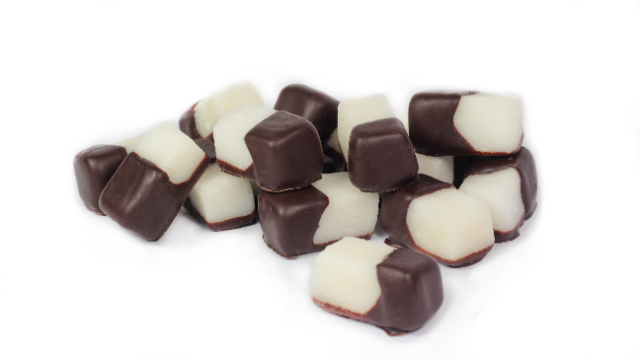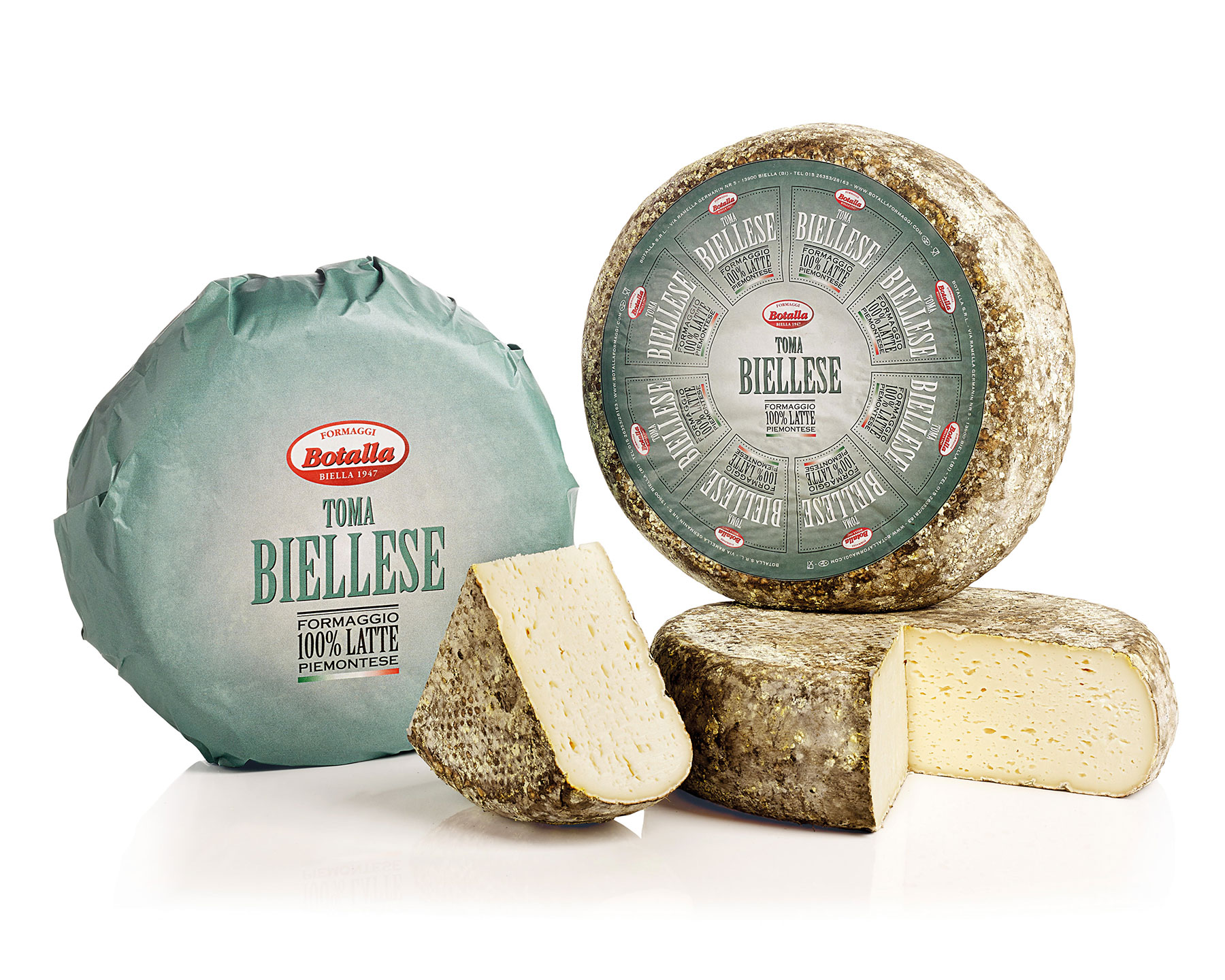A small tribe of Spanish beans known as Judías de El Barco de Ávila make a claim to royal status. In Castile-León they are often referred to as the “Queens of Beans”, which is quite an accomplishment considering that they belong to an enormous bean family (Leguminoseae) of nearly 20,000 species.
Judías de El Barco de Ávila are so valued for their characteristic thin skins, creamy texture and unique flavor, that these seven bean varieties are among the very few beans in all of Spain to be protected by an I.G.P. designation (Indication of Geographical Protection). The I.G.P. status protects the inherent characteristics of these judías, and ensures that any product so designated will meet certain requirements with regard to the variety planted, cultivation area, and processing methods. As their name suggests, these judías can be produced only in the agricultural hamlet of El Barco de Ávila-Piedrahita in Ávila, and in the town of El Tejado in the province of Salamanca, which has similar growing conditions.
Six of the seven varieties of Judías de El Barco de Ávila belong to the species Phaseolus vulgaris, which is also known as the common bean. Three of these are white: blanca riñón (white kidney), blanca redonda (white round), and blanca planchada (white flattened), while the other two are purple: morada larga (purple long) and morada redonda (purple round). The seventh variety belongs to the species Phaseolus multiflorus or runner beans, which are known here as judiones. Together with the variety blanca riñón, these large, smooth, white beans are the most famous of the judías from this area. Not only are they the most commercialized, but these two varieties also account for 80-90% of all cultivation.
